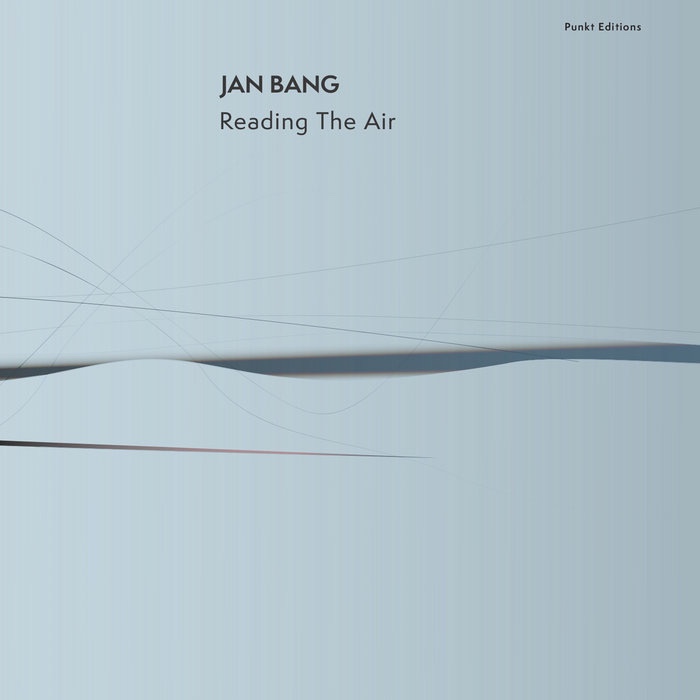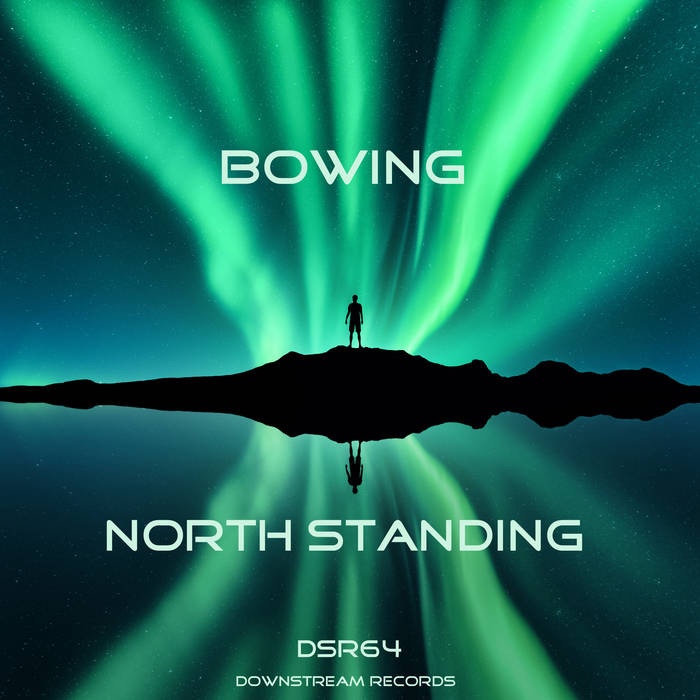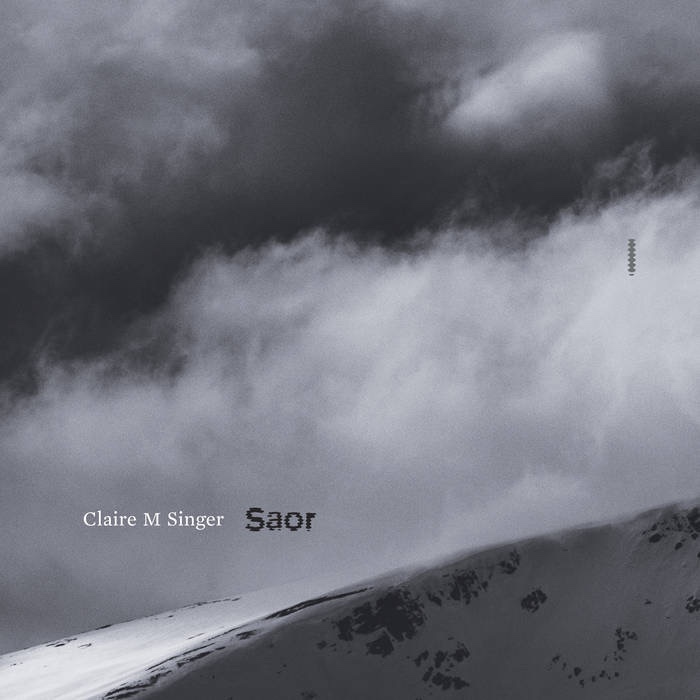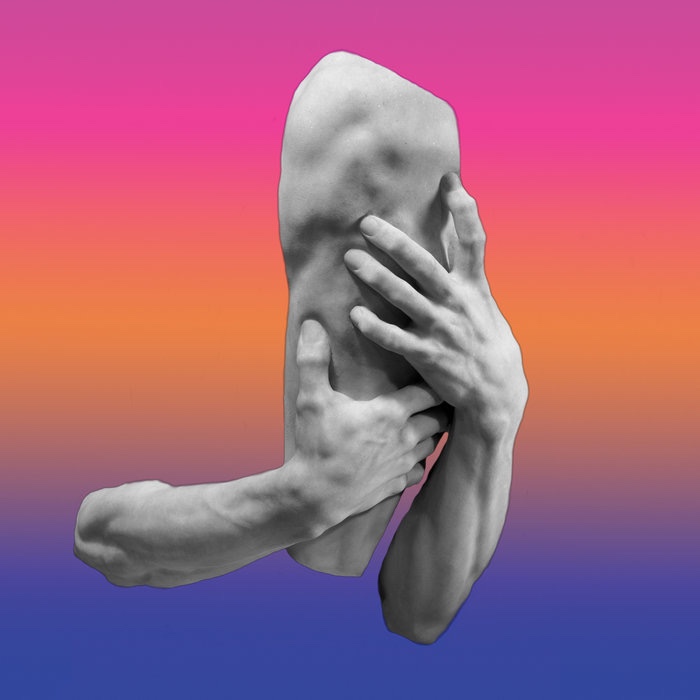
LUCE MAWDSLEY – NORTHWEST & NEBULOUS (Pure O)
Luce Mawdsley is a Liverpool-based composer and multi-instrumentalist. Their latest album was recorded in the city’s Scandinavian Church and found Mawdsley playing guitar, organ and percussion alongside Nicholas Branton (clarinets) and Rachel Nicholas (viola). Describing their music as part of a journey, the title of the album focuses in on the starting point of Mawdsley’s own journey in Formby, a town in the North-West of England; the nebulousness refers to where they find themselves arriving today, as a non-binary, neurodivergent artist.
There is a sense of grace and harmony here, infused with expansive atmospheres inspired by Western cinema soundtracks. Pieces like the title track bounce and sway with a melodic levity, the three musicians weaving in and out of another like converging tributaries of water. Elsewhere, ‘The Growing Rooms’ has a devastating, heart-wrenching quality, its reverberating slide guitar reminding this writer of a motif running through Francis Lai’s ‘Love Story’ or sections of Mark Knopfler’s music from ‘Local Hero’. On many of these pieces, including the plaintive opening piece ‘Latex Feather’, Mawdsley is content for Nicholas’ viola to act as the music’s focal point, offering questing, searching, swooning, lyrical reflections of Mawdsley’s ceaseless curiosity.
Released 29 March 2024. Bandcamp: here

XQUI – GITHERMENTS AND THE MRI (Human Geography)
Prompted by a harrowing trip to A&E amid a breakdown, Githerments And The MRI represents an astonishing release in the catalogue of prolific and consistently inventive sound artist Xqui, wherein the recorded sounds of an MRI scanner become central characters in his idiosyncratic sound world.
Noisy, complex and nuanced, this is Xqui at his most terrifying – and this comes from the perspective of a writer who has interviewed him, where the mask that he wears when he decides to come out of the shadows left me with endless nightmares. This is often so terrifying that if you’re about to go for an MRI scan, listening to this slab of caustic sound art may prompt you to cancel. There are, however, plenty of moments here that poke their way through the industrial atmospherics dominating these two twenty-minute pieces. Dub rhythms occasional emerge from the threatening whir of the scanner; a ticking clock fashions itself into a springy King Tubby mixing desk cast-off; a brief sample of Erik Satie offers a much-needed sense of respite; effusive backwards melodies offer a mournful moment of reflection. While these pieces might sit as complete polar opposites to more ethereal Xqui works like Hymns For Terry Francis, they add new and fascinating insights into the mind of this prolific creator.
Released 21 April 2024. Bandcamp: here

LEAVING – HIDDEN VIEW (Moon Glyph)
Leaving is the alias of Perth’s Rupert Thomas, who first came to my attention as one half of the duo Erasers, whose Constant Connection album was a personal highlight from 2022. For Hidden View, Thomas’s second solo album, he explores fragile, sparse arrangements that evoke a sense of emotional trepidation and the wild naturalistic environments surrounding his home.
Usually consisting of off-kilter rhythms, minimal effects and haunted, enquiring synth melodies, pieces like the standout ‘Mirrored Feeling’ offer a sense of restlessness and unease; at first glance, they are bathed in beatific, enveloping ambient texture and persuasive layers of undulating melodies, but listen closely and those emotive gestures are gently punctured by a pinprick of doubt and darkness. Elsewhere, on the subtle widescreen atmospherics of key track ‘Hidden Dreams’ he assiduously evokes those brief moments spent in the weird interzone between wakefulness and sleep. Thomas has a seemingly innate ability to produce synth passages that imprint themselves devastatingly into your consciousness, making for an instrumental album with a low-key expressive depth.
Released 26 April 2024. Bandcamp: here
Words: Mat Smith
(c) 2024 Further.

























You must be logged in to post a comment.